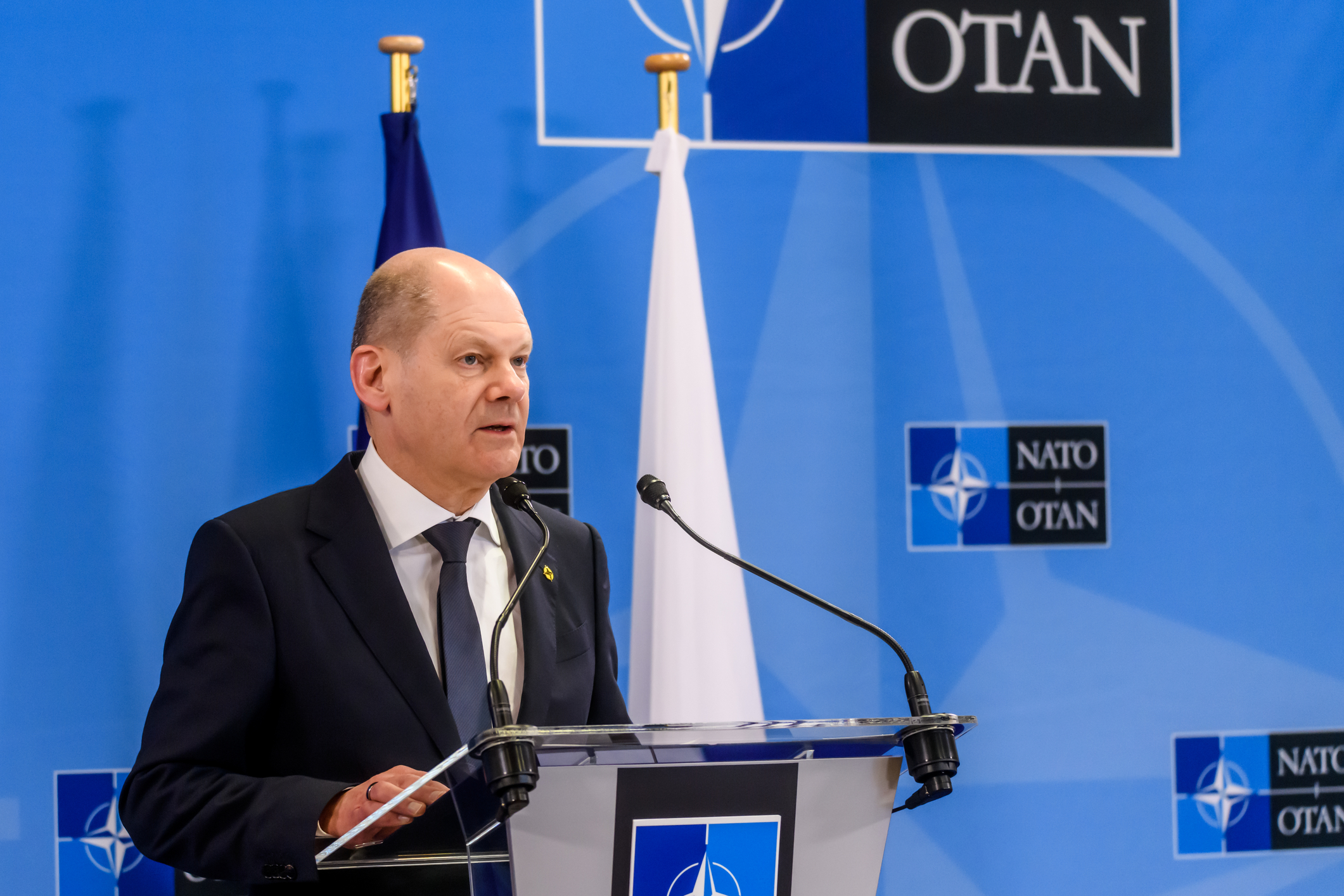Some Considerations in Accentuating and Accelerating Germany’s Contribution to Forward Defense
Alternatively, this piece could be entitled considerations with regard to being able to project relevant military capabilities for Germany’s perimeter defense.
In any case, I would argue that we need to start from where we are in terms of what German leaders and allies anticipate currently and match that against what needs to be done.
I would start simply with what the German Chancellor identified in his February speech that Germany had done to respond to the forward defense challenge posed by the Russian invasion of Ukraine.
This is what he said in his February 27, 2022 speech:
President Putin should not underestimate our resolve to defend every square metre of NATO territory together with our allies!
We are absolutely serious about this. When we welcome a country into NATO, we commit to defending that country as a partner and ally. Just as we would defend ourselves!
The Bundeswehr has already bolstered its support for our eastern allies – and will continue to do so.
I thank the Federal Defence Minister for this important gesture!
We have deployed additional troops in Lithuania, where we lead the NATO battlegroup.
We have extended and enhanced our participation in air policing in Romania.
We want to contribute to the establishment of a new NATO unit in Slovakia.
Our navy is helping to secure the North Sea and the Baltic as well as the Mediterranean with additional vessels.
And we are also prepared to contribute to the defence of our allies’ air space in Eastern Europe using anti-aircraft missiles.
What was identified was an ability to move ground force forward; an ability to move air systems into relevant locations; an ability to move air defense to relevant locations and to operate naval systems to provide for air maritime security.
We can take those as some key indicators of capabilities a chancellor quickly went to to try to contribute to forward defense and as such tells us something about what a chancellor in a crisis management setting might want to have available in a crisis.
There is also a key question with regard to the speed with which Germany can do any of this.
When I was in Norway discussing Trident Juncture 2018, one of the key takeaways from the exercise from my point of view was how slow German forces were in terms of moving into positions useful for defense operations being exercised in TJ18. This was a major test of the new approach to Total Defense by the Norwegians, but it was also a test of which allied capabilities could move rapidly enough into engagement zones actually to be useful in the crisis.
And in my discussions with Norwegians, they expressed serious concern with regard to the readiness of German forces and their ability to show up in a timely manner.
Another vantage point from which to consider the way ahead for German force modernization to support forward defense clearly will be implications drawn from the Russian-Ukraine war.
In my view it is too early to draw definitive lessons learned but certainly observations can be made. And one very relevant to Germany and its way ahead is with regard to the ground forces and the evolving role of the ground artillery and their role in combat operations against the Russians.
With the mix of weapons, drones, and the test of artillery and combined arms, there is little doubt that rethinking how to best use artillery and ground rocket forces will be a key consideration of what Germany needs to develop, deploy and operate going forward.
This is especially true with regard to how Germany would contribute to the Kaliningrad challenge. Artillery and ground fire can provide an absolutely key element by Poland and Germany in destroying Russian positions in that enclave in time of conflict. How best to do so? And how would that fit into an overall defense posture for Germany?
And I would add a final consideration from the Russo-Ukrainian war.
That is the role of ISR and C2. I have argued for some time that Western forces to both enhance survivability and lethality have been working new ways for both force dispersion but enhanced integrability to deliver the lethality needed for the maneuver force.
This is where the ISR/C2 “revolution” becomes central. The ISR force now is about rapid determination of where an adversary is operating and delivering that assessment to the relevant force able to do something about it. How will the Germans build their evolving ISR/C2 capabilities to be able to shape an effective distributed/integrated force?

